Weekly Tech Recap - № 128 - Tesla Model 3, Oculus Pacific, Iranian robots, Raspberry Shake 4D…
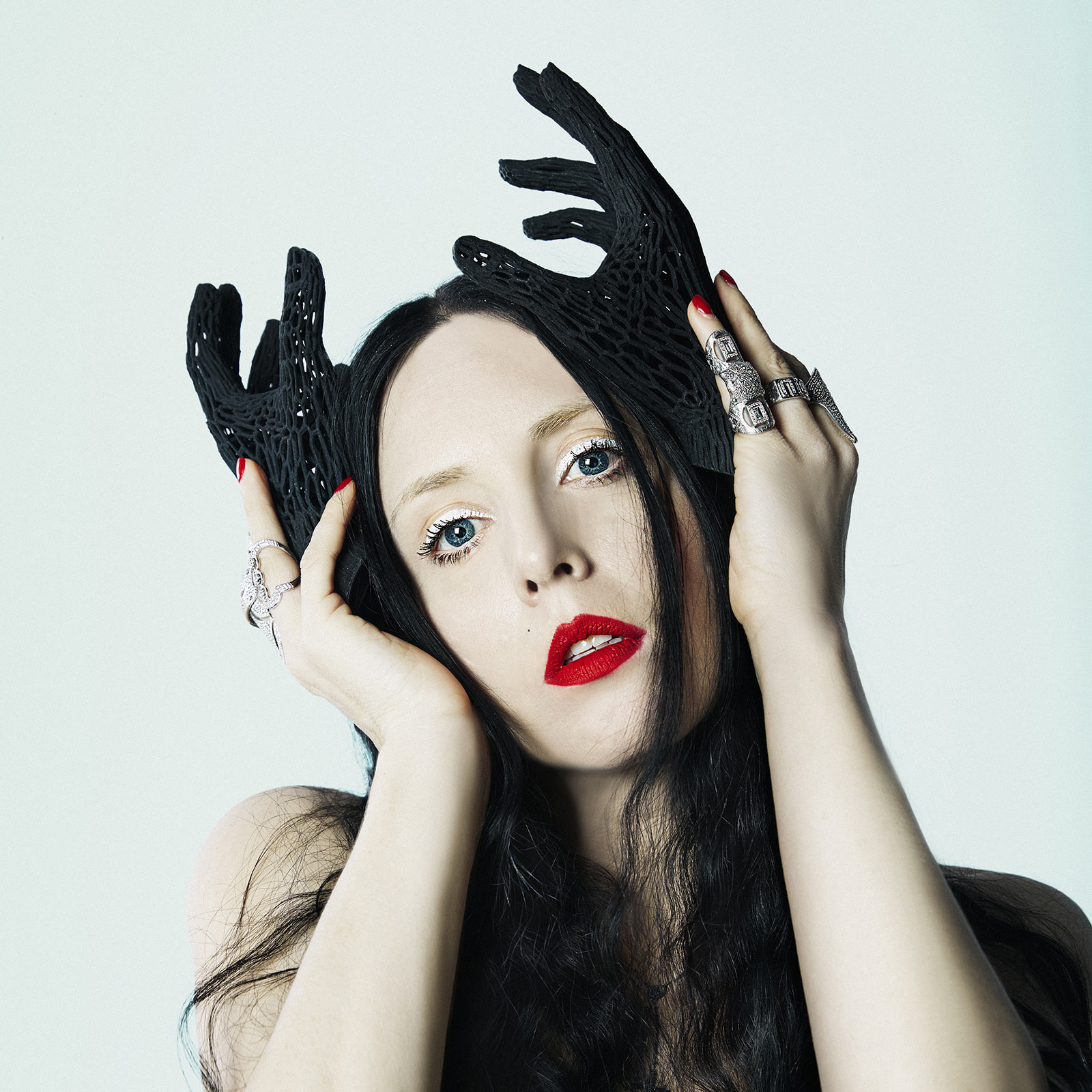
Iranian humanoid robots
Researchers at the University of Teheran have been working actively for years on robots, specializing in human-size humanoid machines like the impressive Surena III, which stands 1.9 metres tall. Today, they unveiled a smaller, cuter robot, called Surena Mini, whose look is reminiscent of SoftBank Robotics’ Nao. The Mini is 50cm high, weighs 3.4kg and is packed with 20 servomotors powered by a computer operating under ROS (Robot Operating System). Its shell is 3D-printed. “The main purpose of this robot is to provide researchers and students with a reliable robotic platform for educational and research applications”, Aghil Yousefi-Koma, a professor of mechanical engineering at the University of Tehran, told IEEE Spectrum. Surena Mini will soon be available for 2.6 million Iranian rials, or about CA$10,000.
⇨ IEEE Spectrum, “Iran's newest robot is an adorable dancing humanoid.”
Ikea does 3D printing
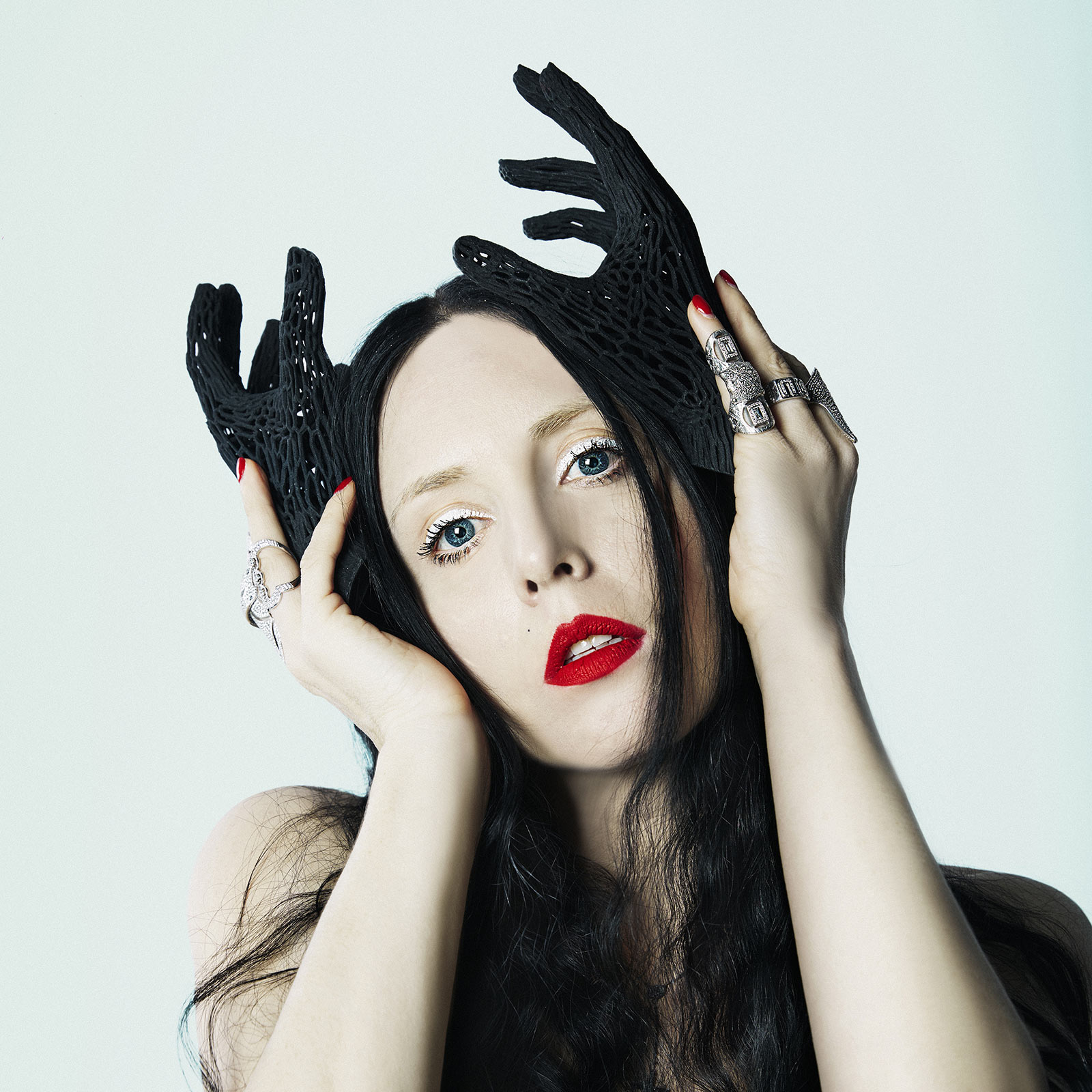
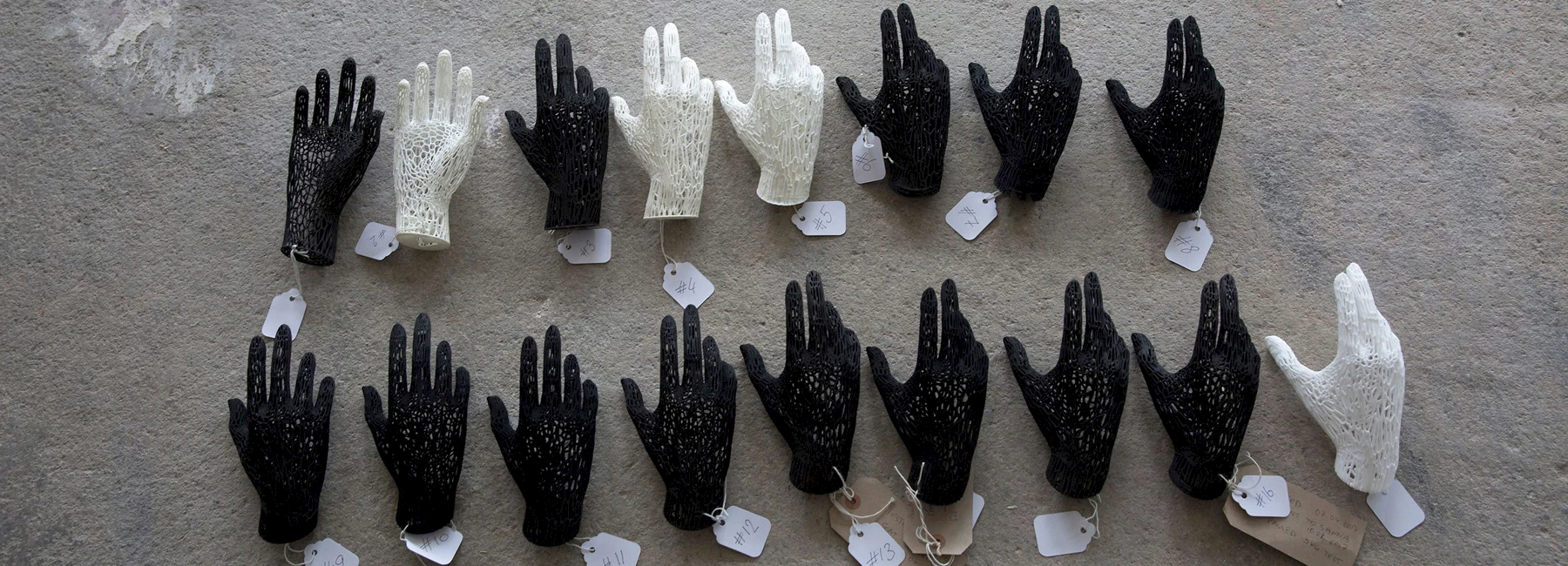
Omedelbar. © Ikea.
Ikea has launched a new collection of decorative objects for the home, some of which are entirely 3D-printed. 3D-printed objects are already being created by numerous artists, but this is the first time that they are being mass-produced by a major chain. The Omedelbar collection was developed in collaboration with Swedish stylist Bea Åkerlund, who has worked with major stars like Madonna, Beyoncé and Lady Gaga. The 3D-printed hands, which can be hung on the wall or used as a decorative hanger for jewellery, are printed in Finland using Nylon-12 and selective laser sintering (SLS). “Now, we are closing fast on the breaking point where 3D is cost efficient in mass production”, said Jakub Pawlak, Project Manager at Ikea in Poland. “In that context, the Omedelbar hand will have its place in design production history.”
⇨ Designboom, “Ikea announces 3D printed Omedelbar line by Bea Åkerlund.”
⇨ 3Dnatives, “Ikea dévoile sa première collection imprimée en 3D.”
Raspberry Shake 4D
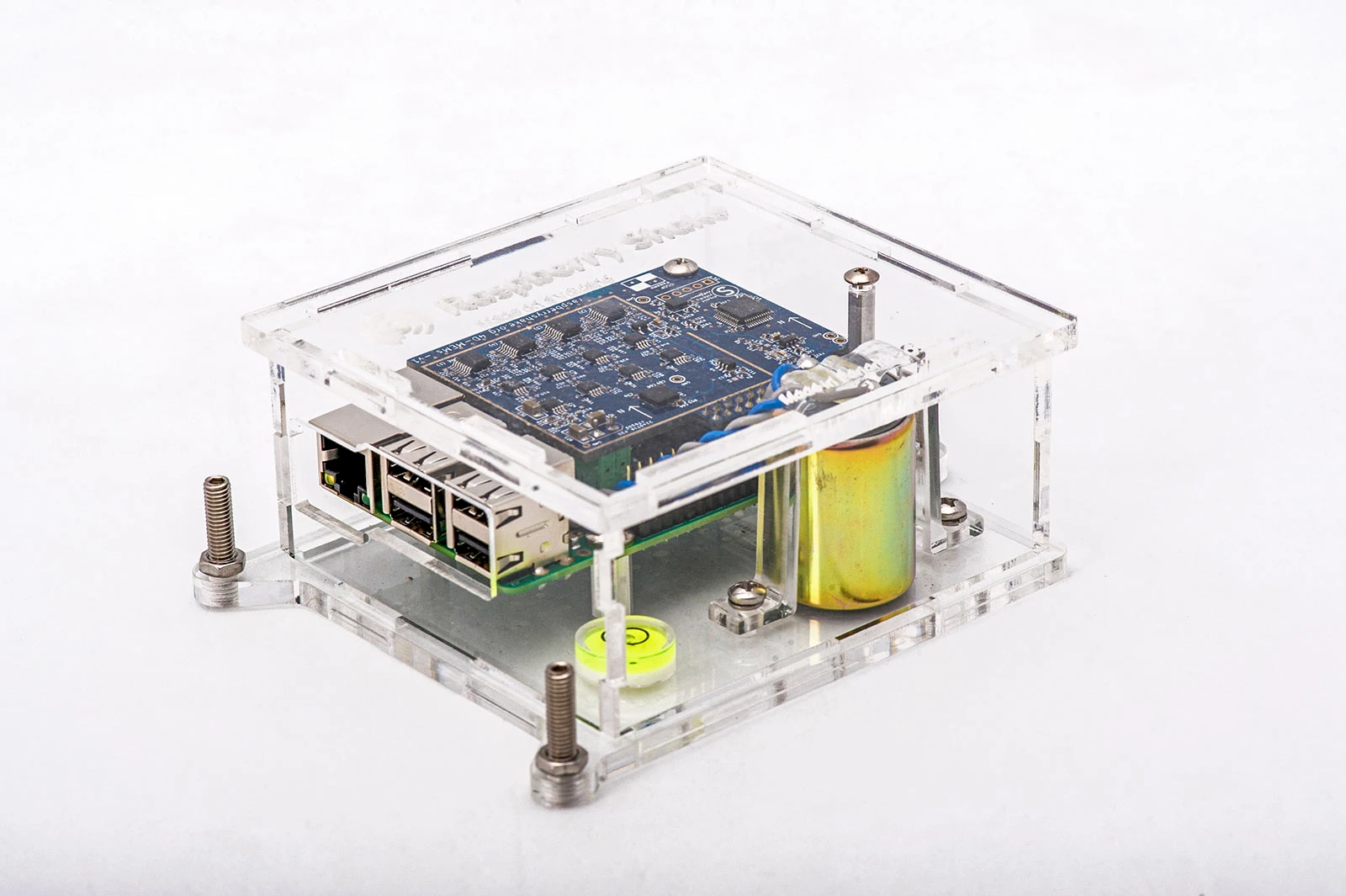
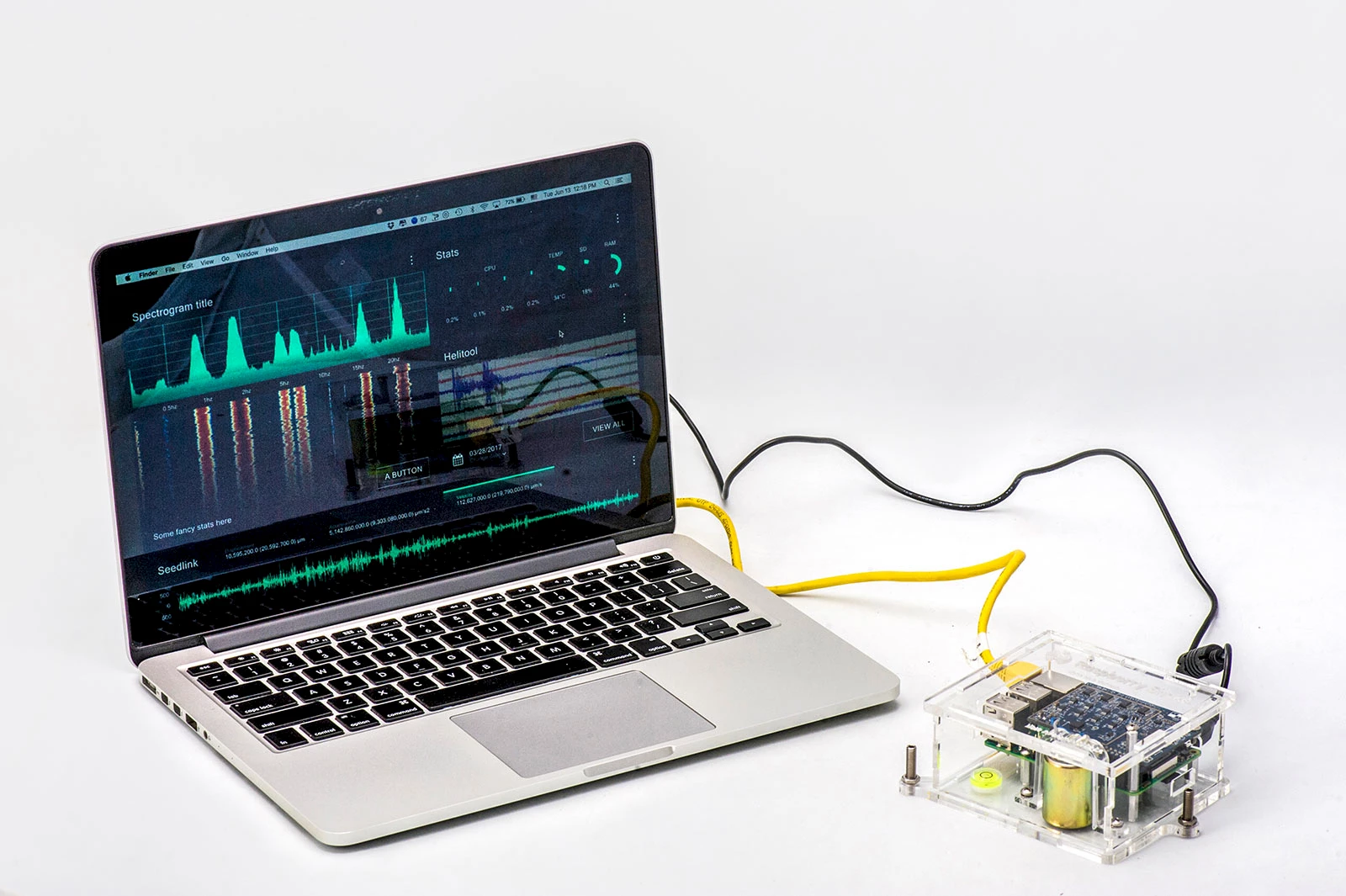
Raspberry Shake 4D. © Osop.
The Raspberry Shake 4D is a more sensitive and powerful update to last year’s Raspberry Shake seismograph. Available by preorder on KickStarter for US$249, it includes the Raspberry Shake 4D, a 4.5 Hz geophone and a weatherproof box. Delivery is slated for October 2017. Mike Hotchkiss, one of its developers, told The Verge: “This price points makes it possible for researchers, scientists, institutes and government organizations to have thousands of units for the same price as acquiring tens of the traditional earthquake monitors. There are no special or costly installation requirements and you do not need a trained seismologist to run the installations. Just set it down, plug it in and done!” Also handy for keeping track of washing machine cycles.
⇨ The Verge, “This Raspberry Pi seismograph can be used as an early warning system for earthquakes.”
First Tesla Model 3
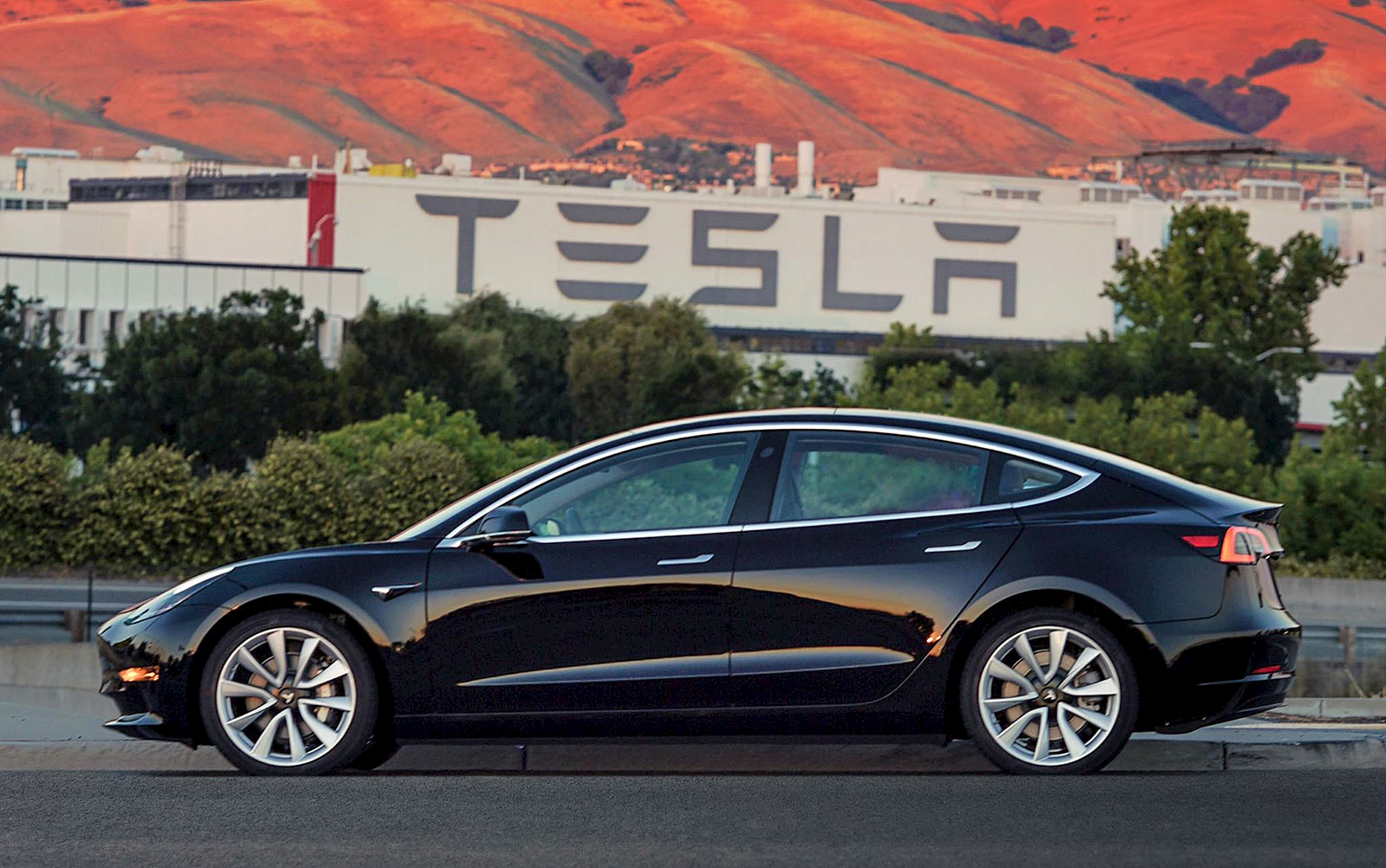
Tesla Model 3. © Elon Musk/Twitter.
On July 9, Elon Musk showed off the first Tesla Model 3 vehicle on Twitter, to the delight of the 400,000 people who have placed an order since March 2016. This entry-level sedan, more affordable than the Model S, at US$35,000 (CA$44,550), can reach 100km/h in under 6 seconds and go for 345km between charges. If all goes according to plan, Tesla will hand over the first 30 Model 3s to customers at an event on July 28. Then, production will ramp up to 100 cars in August, over 1,500 in September, and 20,000 per month by December. Tesla is planning to double its charging network by the end of the year, in part to better serve the influx of Model 3 drivers the automaker hopes will soon fill the roads. Guess who will be the owner of this first Model 3? None other than Elon Musk.
⇨ Mashable, “Elon Musk just gave us our first real look at the Tesla Model 3.”
Oculus Pacific
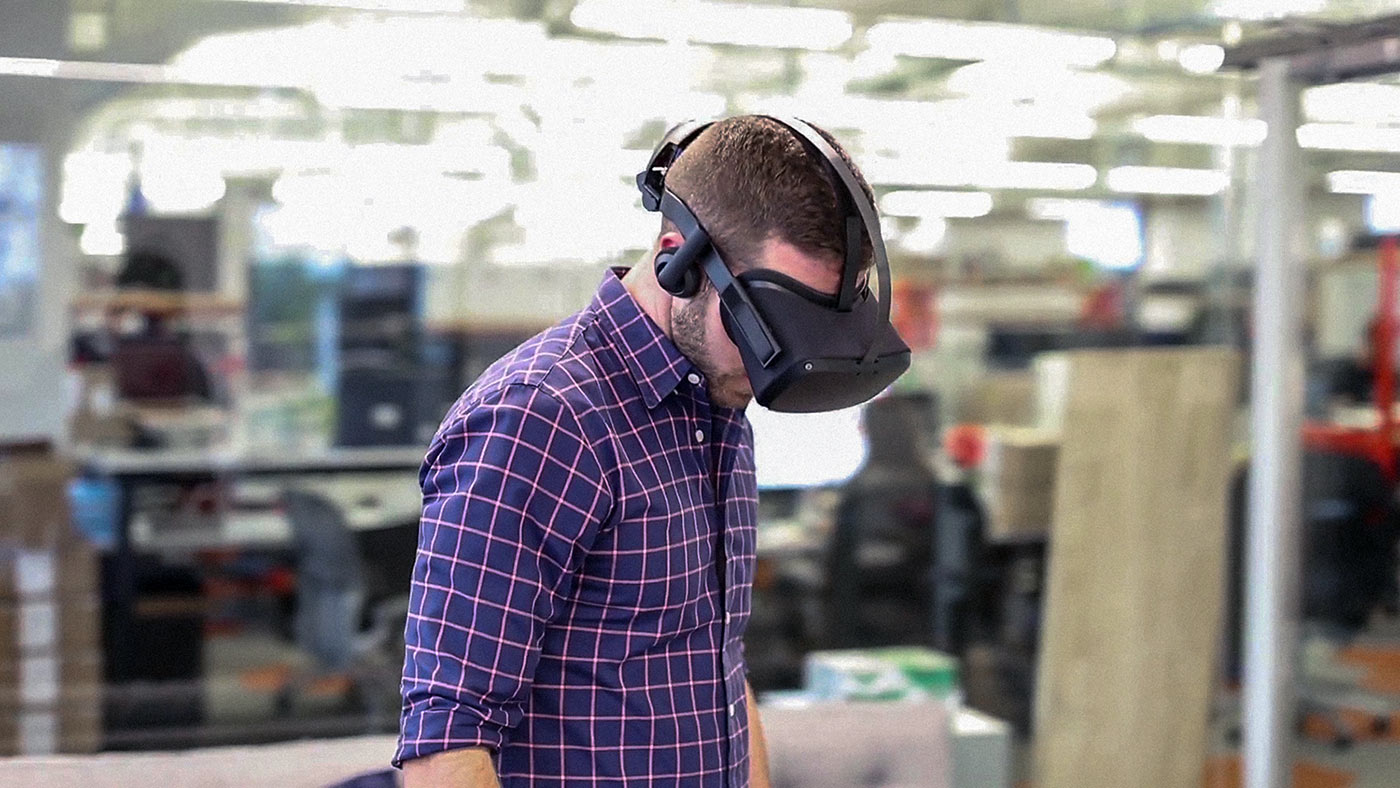
Last year’s Santa Cruz prototype. © Oculus.
According to a report from Bloomberg, Oculus/Facebook is working on a new standalone VR headset, codenamed Pacific. This affordable, US$200 headset will fill the gap between the mobile-phone-based VR holsters like Samsung's Gear VR and PC-tethered high-end VR headsets like the Oculus Rift. “People familiar with its development” have reported that the headset “resembles a more compact version of the Rift and will be lighter than Samsung’s Gear VR headset”. The device is set to launch in 2018 and will be shown to developers in October, at Oculus’s annual Connect conference.
⇨ Ars Tecnica, “Oculus’ next step? A $200, untracked wireless headset for next year.”
